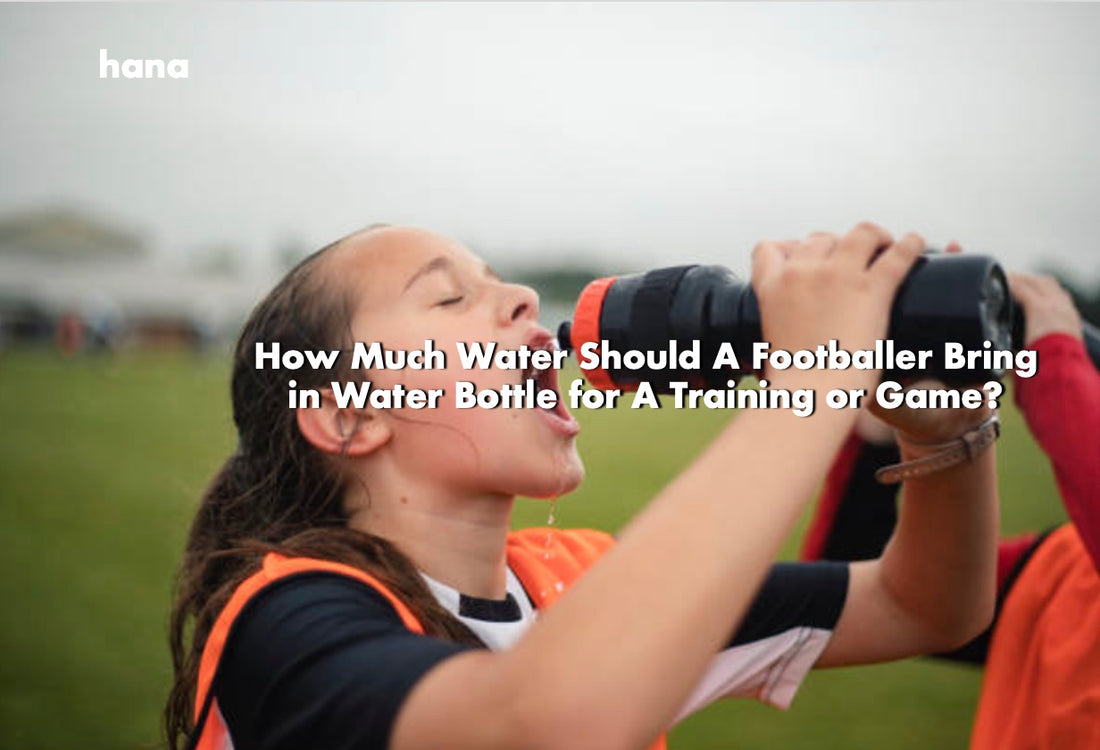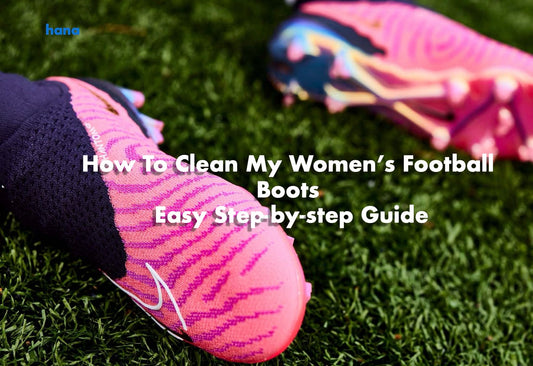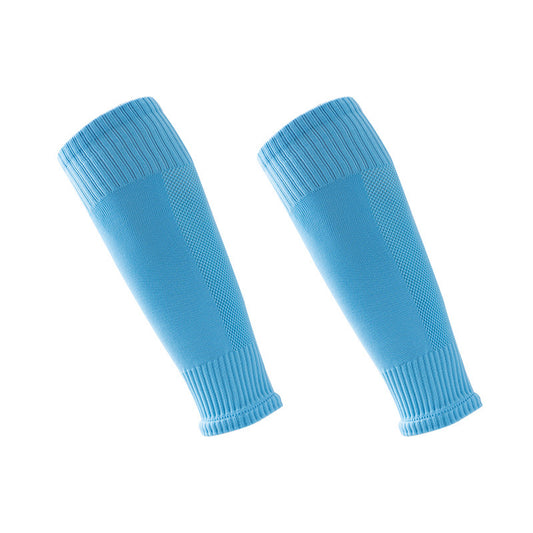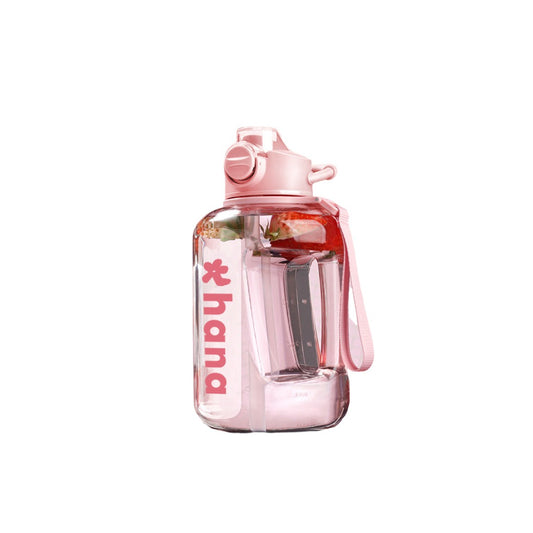As footballers, we often focus on perfecting our skills, tactics, and fitness levels, but one aspect that can easily be overlooked is hydration. Staying properly hydrated is crucial for optimal performance on the pitch. In this guide, we'll explore how much water footballers should bring in their water bottles for various scenarios, taking into account different age groups, weather conditions, game versus training and the importance of electrolyte replenishment.
1. Age Groups and Hydration
- 6-10 years old
- 10-18 years old
Teenagers at this age are less likely to forget to drink water compared to the younger age group; they will drink when they feel thirsty. However, there may be instances of over-hydration. This means that due to their thirst, they may drink a large amount of water during breaks in training or matches, which cannot be rapidly absorbed by the small intestine in such short periods. Consequently, they may end up carrying excess water in their bodies during subsequent training sessions or matches, leading to discomfort and potentially causing bloating. Therefore, young footballers should remember that they should not consume more than 12 ounces of water each time they hydrate.
- Adults
By the way, if you feel that the water bottle you usually carry is too small and lacks water volume markings as guidance, why not try Hana's football water bottles?

2. Weather Conditions
- Hot and Humid conditions
- Cold Weather
Despite the cooler temperatures, footballers still lose fluids through respiration and sweat during training or matches. They may not feel as thirsty in cold weather, but hydration is equally important to maintain performance and prevent dehydration. Therefore, follow the recommended water intake in these days can be beneficial.

3. Game vs. Training
Whether it's a game or a training session, we recommend that each hydration session should not exceed 30-40 minutes. FIFA has also been implementing cooling breaks since 2014, which occur at the 25th and 75th minutes of the game.

4. Water Temperatures
After sweating profusely, quickly drinking a bottle of ice-cold Coke, or even just ice water, might make you feel refreshingly cool from head to toes, right? But in fact, such hydration habits are not friendly to our body organs, especially the bronchi. Just imagine pouring cold water into a hot, sizzling pan—what happens? It generates a lot of steam, and the sudden temperature shock from cold water into a very hot pan can cause it to warp. This analogy applies to our bodies as well. When our lungs and bronchi are at temperatures higher than normal due to exercise, rapidly drinking cold water can cause damage to these organs. Why not try room temperature water? It is more effective for hydration, and better for your health.

5. Electrolyte Replenishment
Electrolytes are minerals like sodium, potassium, and magnesium that are lost through sweat. During prolonged exercise, replenishing electrolytes along with fluids can help us stay concentrated and get rid off the dry throat and bitter tongue. We can use sports drinks (like Gatorade or Carabao) or add some electrolyte power into your water to replace lost electrolytes and maintain proper hydration levels.










